Hematology

Longitudinal Laboratory Data Predicts Complication in Crohn’s Disease Patients
Stenosis, fistulization, and perforation of the bowel are severe outcomes which can occur in patients with Crohn’s disease. Accurate prediction of these events may enable clinicians to alter treatment strategies and avoid these outcomes. More...27 Sep 2022
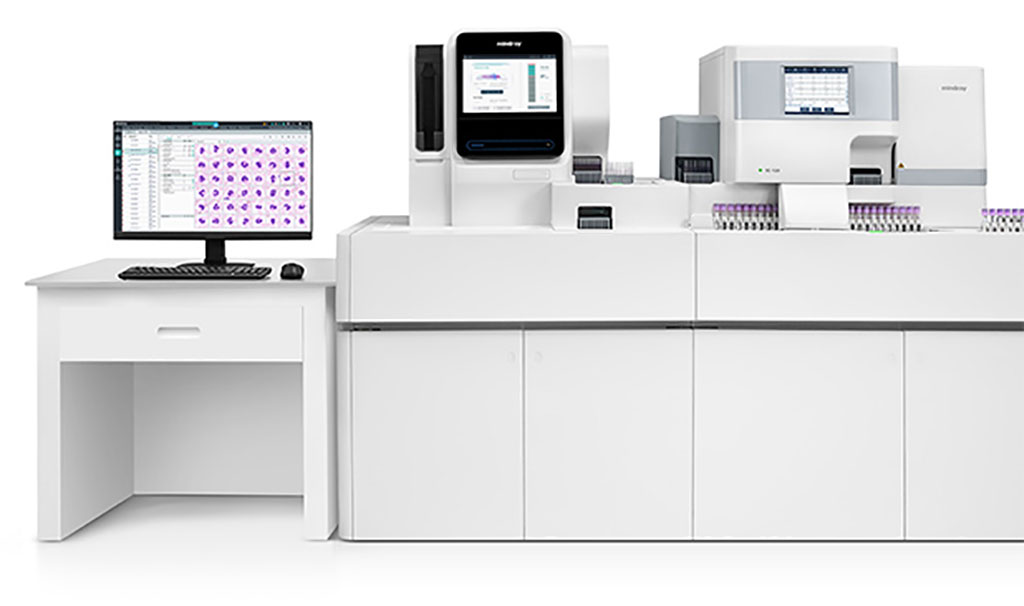
Mindray Showcases Hematology Innovations at ISLH 2022
Mindray (Shenzhen, China) showcased its hematology innovations and academic achievements to medical experts from Europe and around the world at the International Symposium on Technological Innovations in Laboratory Hematology (ISLH 2022) held between September 8-10 in Bologna, Italy. More...27 Sep 2022

Inherited Genetic Variants Increase Risk of Hodgkin Lymphoma
Hodgkin lymphoma (HL) is a type of lymphoma, in which cancer originates from a specific type of white blood cell called lymphocytes, where multinucleated Reed–Sternberg cells (RS cells) are present in the patient's lymph nodes. Symptoms may include fever, night sweats, and weight loss. Often, nonpainful enlarged lymph nodes occur in the neck, under the arm, or in the groin. More...14 Sep 2022
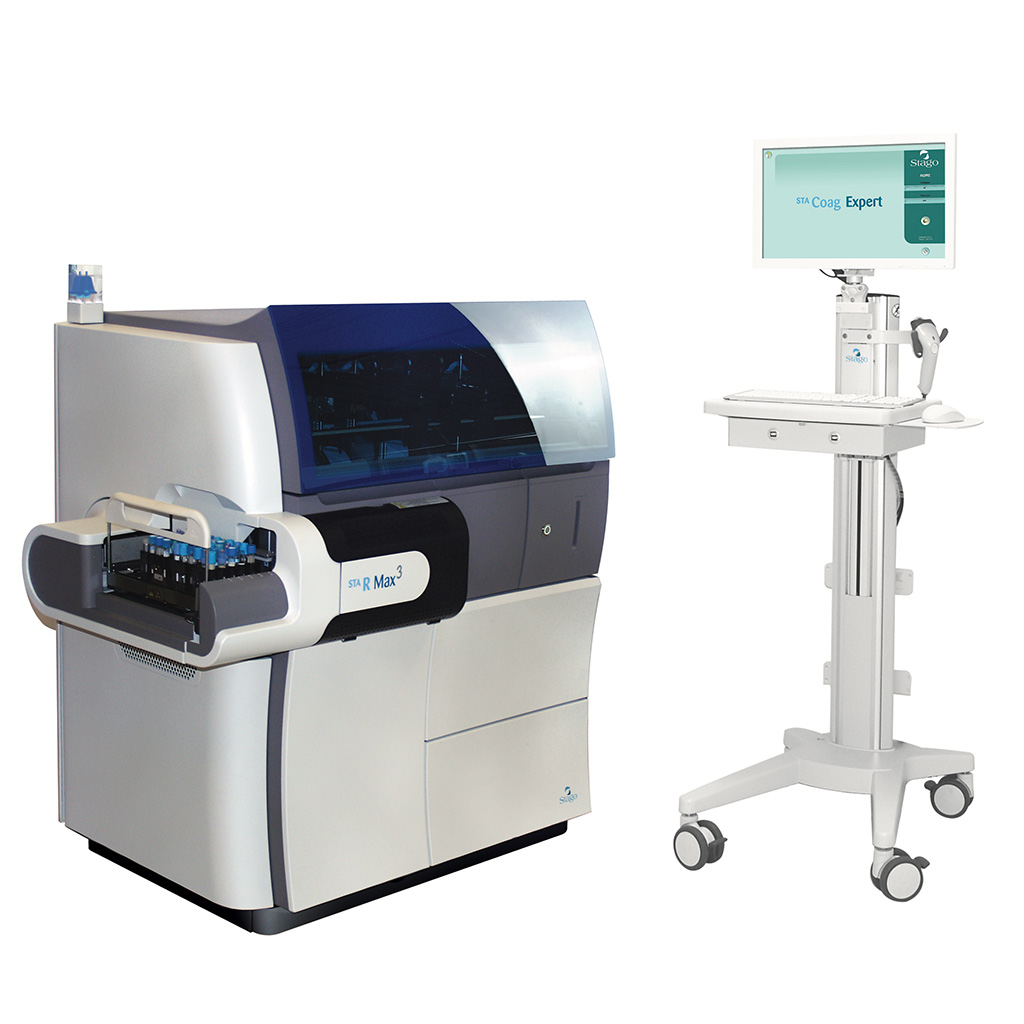
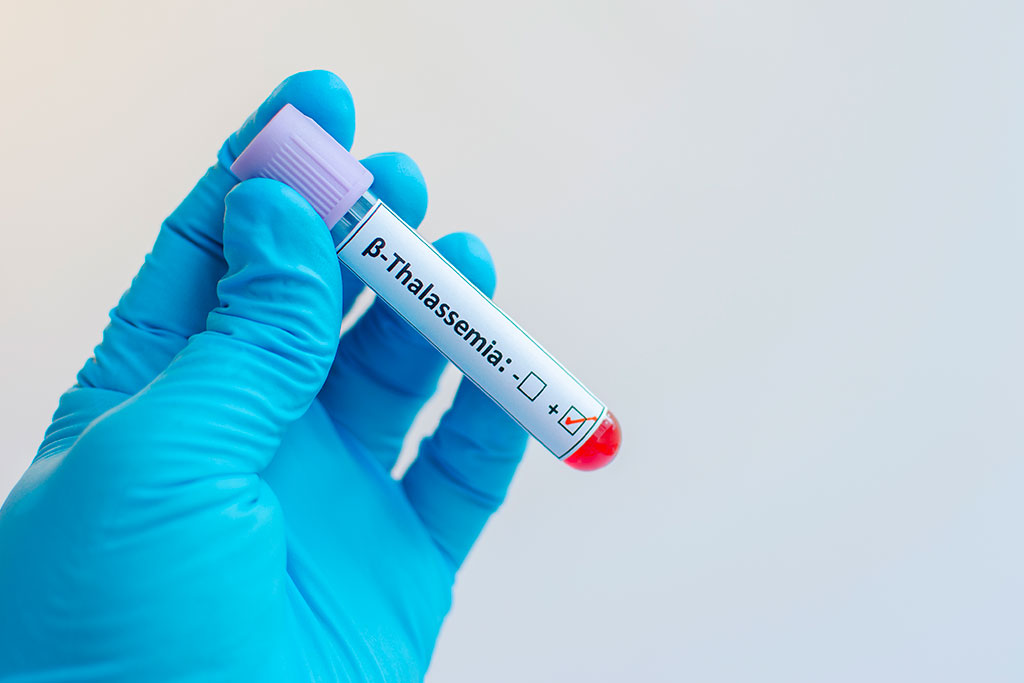
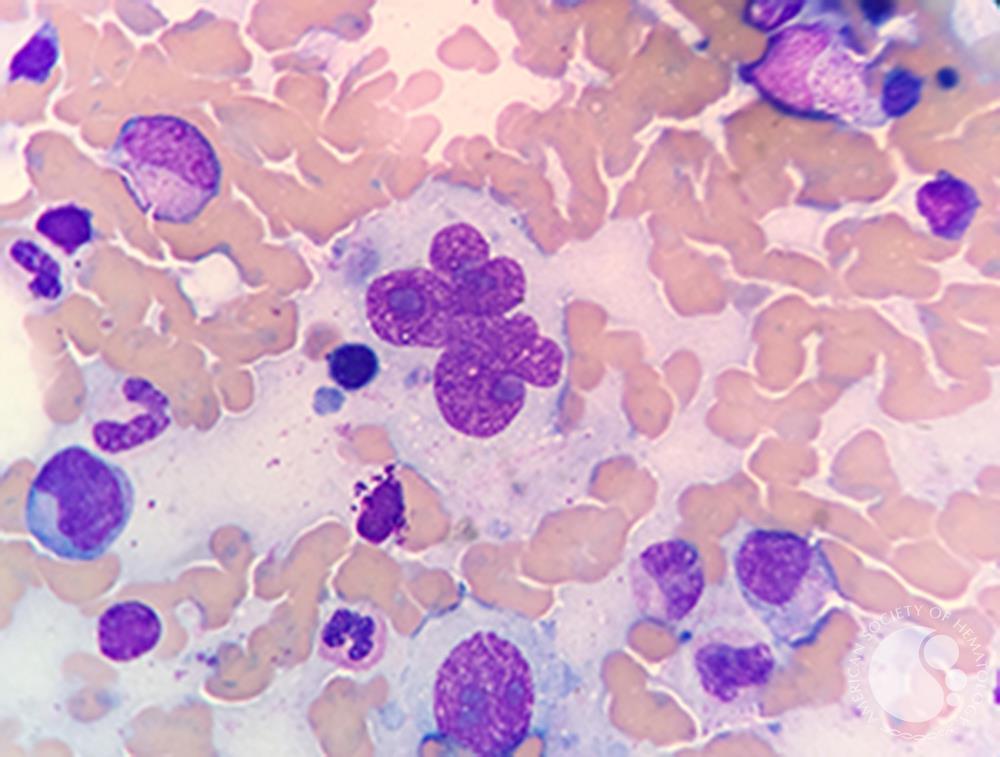
Flow Cytometry Of Reactive T-Cells Differentiates Lymphoproliferative Diseases
Classic Hodgkin lymphoma (cHL) is an unusual form of lymphoma characterized by a small number of neoplastic Hodgkin and Reed–Sternberg (HRS) cells in an extensive inflammatory background and about 90% of all Hodgkin lymphomas are this type. More...02 Sep 2022
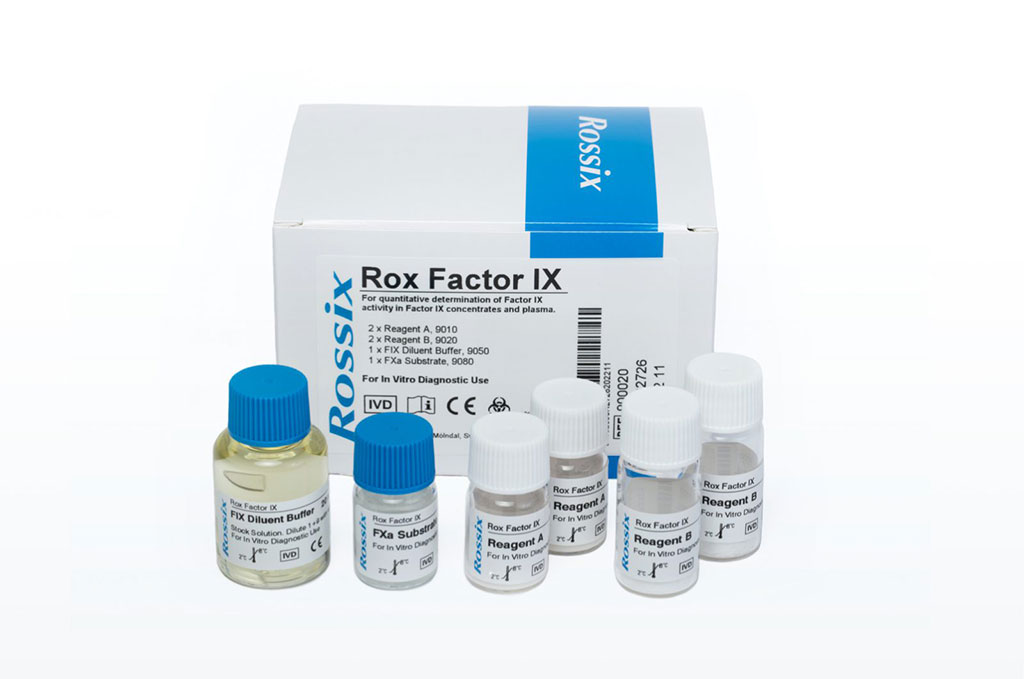
Bleeding Phenotype Defined in Nonsevere Hemophiliacs
Persons with hemophilia have an increased bleeding tendency in which those with mild hemophilia mainly experience bleeding events provoked by trauma or surgery. In contrast, persons with severe hemophilia, especially when not treated on prophylaxis, experience frequent spontaneous bleeding events. More...15 Aug 2022
In Other News
AI Holography System Accurately Checks Quality of Red Blood Cells
Chronic Lymphocytic Leukemia Genomic Study Reveals New Subtypes
Globe Scientific Introduces New Enhanced & Portable Clinical Centrifuges
Whole Genome Sequences Discriminate Hereditary Hemorrhagic Telangiectasia Phenotypes
DNA Testing Assessed in Childhood Sickle-Cell Anemia Diagnosis
Transfused RBCs Rapidly Recover From Metabolic Storage Lesions
Anti-Double Stranded DNA Antibodies Diagnose Systemic Lupus Erythematosus
Horiba Showcases New Generation Automated Hemostasis Analyzers at ISTH 2022
Blood Test Could Predict Future Risk of Developing Leukemia
Thromboelastometry Predicts Thromboembolic Events in COVID-19 Patients
Mass Spectrometry Versus Immunofixation to Monitor Multiple Myeloma Treatment
Microbes Identified In Leukemic Febrile Neutropenia
Cardiac Biomarkers Investigated in Acquired Refractory Thrombocytopenic Purpura Patients
Prognostic Role for Circulating Tumor Cells Reinforced in Myeloma
First and Only Automated Hematology Analyzer FDA-Cleared for Residual WBC Counting
Donor Platelet Activation Varies by Time of Day
MRD in AML Detected by Deep Sequencing CD34+ Cells
LA Test Stability and Thrombosis Risk Examined
POC Hematology Analyzer for Oncology to Deliver Results in Five Minutes
Diagnostic Test for Blood Volume Analysis
RDW Blood Test Can Predict Mortality and Re-Admission Among Elderly, Hospitalized Patients
ALL Genomes Marked by High DNA Methylation Levels
Machine Learning Radically Reduces Workload of Cell Counting for Disease Diagnosis
The Hematology channel at LabMedica covers the all aspect of plasma, coagulation, transfusion medicine, and blood banking, as well as related lab tools and techniques.




 assay.jpg)



 Analyzer.jpg)



